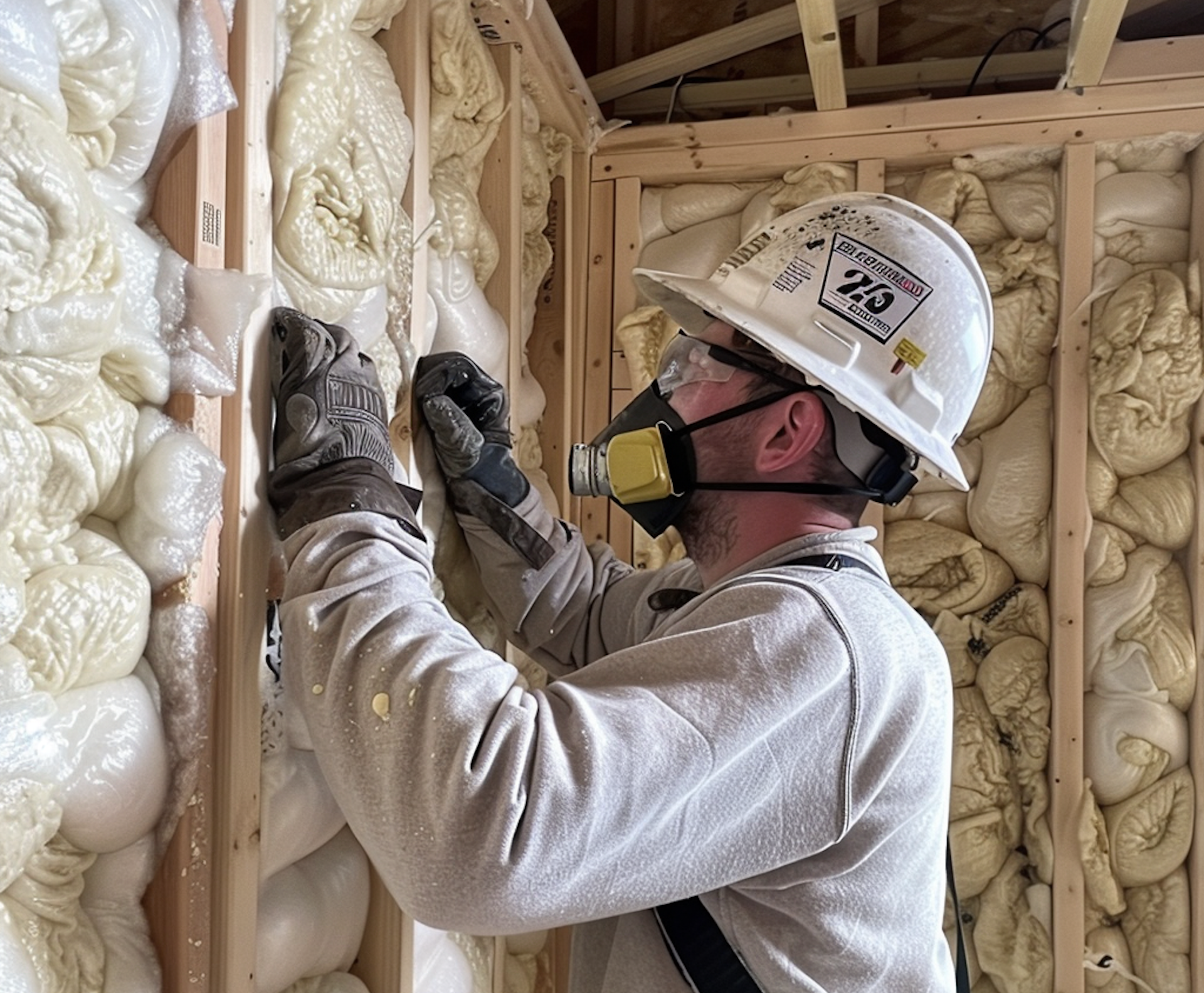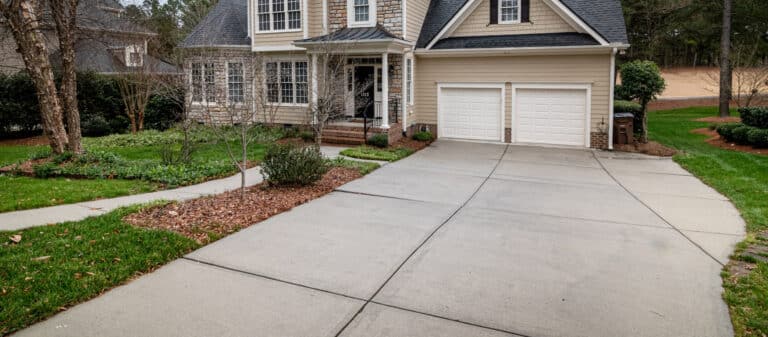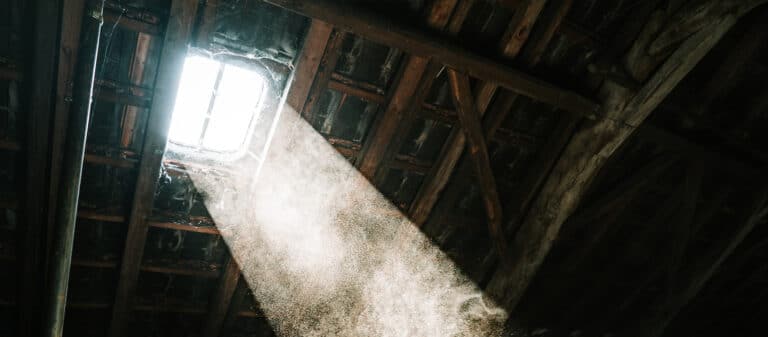Online video platforms like YouTube have ushered in a new generation of DIY-ers who can tackle a wide variety of home improvement projects that save them money.
While attic insulation is one project that can be handled with sufficient knowledge and equipment, many people tend to overestimate how much money they can save by avoiding a contractor.
In fact, improper attic insulation can lead to a litany of problems, including mold buildup and even a leaky roof–especially in snowy climates like Northeast Pennsylvania.
If you’re debating whether to hire a professional contractor or install insulation yourself, it’s important that you research the benefits of each approach and educate yourself on the technical aspects of proper insulation installation.



5 Project Considerations When Choosing a Contractor or DIY Installation
While a DIY video from Lowes or any popular YouTuber may give you a general idea of how insulation works, it’s important to remember that every project is different. From architectural concerns to insulating different parts of your home, here are five considerations to keep in mind before starting a project.1. What Space Are You Insulating?
The amount of insulation required for an attic with no pre-existing insulation will be different from the type of insulation required to fill an existing wall cavity. Attics are not just confined to roofs and rafters. The Department of Energy recommends insulating every inch of your attic possible from floor joists to access doors. Keep in mind, too, that EnergySmart provides different recommendations for the amount of insulation required in each part of your home based on Northeast Pennsylvania’s climate. Based on their calculations, you will require insulation with an R-value of 60 for an attic without current insulation. R-value is simply a measure of how effective insulation is at retaining and blocking out heat. R-values impact the type of insulation materials you need and how much of it you need to maximize savings for any given section of your home.2. What is the Goal of Your Insulation Project?
Before we discuss materials, it’s also important to determine your insulation project’s goal. Are you looking to save as much money as possible? Then, closed-cell spray foam will be your best bet–though this may require a contractor. Are you looking to reinforce existing insulation and add a sound barrier? These considerations will impact the type of materials you need.3. What Insulation Materials Do You Plan to Use?
The type of insulation materials you use will determine whether you can DIY a project or require professional assistance. For example, simple materials, such as fiberglass batts and rolls, can be installed DIY because they don’t require special machinery. However, any insulation that requires special machinery, such as cellulose, blown-in fiberglass, or spray foam, will always require professional assistance. Even with DIY kits available, these types of insulation for walls and attics require specialized knowledge to handle and install.4. What’s the Condition of that Space?
You will also need to factor in different variables, such as moisture levels, air leakages, and even just insulating around lights, to properly plan an insulation project,5. Are There Any Architectural Limitations?
Likewise, architectural limitations, such as confined spaces and irregular shapes, can pose challenges during insulation installation, especially if you don’t have the right equipment.
Budget Considerations
After accounting for all of these variables, you also need to get down to the brass tax and ask yourself: Is DIY insulation really worth it? From a financial and labor perspective, it might not be when you total all the costs.1. Material Costs
Whether you hire an insulation contractor or install the materials yourself, you will pay the full price for the materials required. So, strike that off the list in terms of savings. You will also have to account for the type of equipment you will need to install new insulation. Even without blown-in insulation, you will still require gloves, safety glasses, a box cutter, yardsticks, staple guns, and more. Most contractors factor this into their pricing but at a fraction of what you would pay to purchase these materials brand-new.2. DIY Savings vs. Time Spent on Labor
Finally, you will need to determine whether the savings you can accrue by doing the labor yourself outweigh the time and effort you will have to spend. For experienced handymen with enough time on their hands, this may be a negligible cost, but for the average Joe with a family, a job, or a business, the savings achieved from skipping out on labor costs may not be as worth it as you think.Additional Safety Concerns
Many safety concerns come with installing insulation on your own that must be addressed before starting a project.1. Heat
If you are installing new insulation in the summer, you will need to keep in mind that attic spaces get really hot and pose many safety concerns to installers. By most estimates, even an insulated attic will be anywhere from 10-20 degrees warmer than the outside.2. Material Exposure
Since most DIY insulation projects handle fiberglass, you should always wear personal protective equipment (PPE) to avoid exposure to your skin or lungs. Fiberglass is a known skin irritant and can cause respiratory issues if breathed in for a long-period of time.3. Improper Installation
Finally, it’s critical to note that improper insulation installation can lead to issues that threaten your home’s health and structural integrity. Licensed contractors are properly trained and comply with industry standards to ensure all insulation projects are completed to the highest and safest standards possible. Working with a professional will also maximize your cost savings for any insulation project.
Pros and Cons of DIY Insulation Projects
DIY insulation projects can save you money, but require time and expertise.| DIY Insulation Pros | DIY Insulation Cons |
| – Cost savings on labor | – Requires time and labor |
| – Flexibility to work at your own pace | – Risk of improper installation and reduced effectiveness |
| – Sense of accomplishment and ownership | – Limited access to specialized equipment and expertise |
| – Requires specialized knowledge |
Pros and Cons of Hiring a Contractor
Contractors ensure that each insulation installation is done right and to proper standards, but you will pay more upfront.| Contractor Pros | Contractor Cons |
| – Expertise and experience in insulation installation | – Higher upfront costs compared to DIY |
| – Access to specialized tools, equipment, and insulation materials | – Dependence on contractor availability and scheduling |
| – Assurance of proper installation and compliance with building codes | |
| -Maximizes cost savings from new insulation |
Advanced Insulation Projects that Require Professional Assistance
In specialized cases, it is recommended to hire a professional contractor for your insulation needs, such as:- Installing Spray Foam: Spray foam insulation requires specialized equipment and whale DIY kits are available, they still require proper expertise to safely install.
- Removing Existing Insulation: Removing old or damaged insulation can be a challenging and time-consuming task–not to mention dangerous if the mold is degraded or covered in mold. Professional contractors have the right tools to tackle the task.
- Insulating Between Wall Cavities: Installing insulation between wall cavities most often requires a specialized machine to install blown-in insulation.
Professional Insulation Saves You Money in the Long-Run
In sum, professional insulation installation saves you time and money in the long-run by ensuring that insulation projects are installed correctly. This will maximize the return on your investment by lowering your energy bills and increasing your comfort exponentially in the long-run. It cannot be overstated, but having the peace of mind knowing that your insulation was installed right makes all of the difference in the world.










